If you’ve ever walked into a room and instantly felt calm, grounded, and inspired; chances are it had a touch of organic modern interior design. It’s a style that feels just right for our times: cozy but refined, nature-inspired yet clean and contemporary. Whether you’re renovating, redecorating, or just craving a better vibe at home, this guide will walk you through everything you need to know to embrace organic modern style in your space.
Let’s dive into what makes this aesthetic so special; and how to make it work for your home.
Understanding organic modern design
Definition of organic modern style
At its core, organic modern interior design is all about balance. It merges the simplicity and clean lines of modern design with the warmth, textures, and imperfections of nature. Think neutral color palettes, soft curves, earthy materials, and open, breathable spaces. It’s modern, but not sterile. Natural, but not rustic. It’s minimalism with a soul.
Origins and influences of organic design style
The roots of the organic modern design style go back to pioneers like Frank Lloyd Wright, who championed organic architecture, the idea that buildings and interiors should be in harmony with their surroundings. Over time, that philosophy trickled into furniture and decor, influencing everything from mid-century Scandinavian interior design to today’s focus on biophilic design (aka bringing the outdoors in).
Modern influences include sustainability, wellness, and a deep desire to slow down. It’s no wonder this style has taken over Instagram and Pinterest boards across the U.S., it’s timeless and timely all at once.
Key elements of organic modern interior design
Natural materials and textures
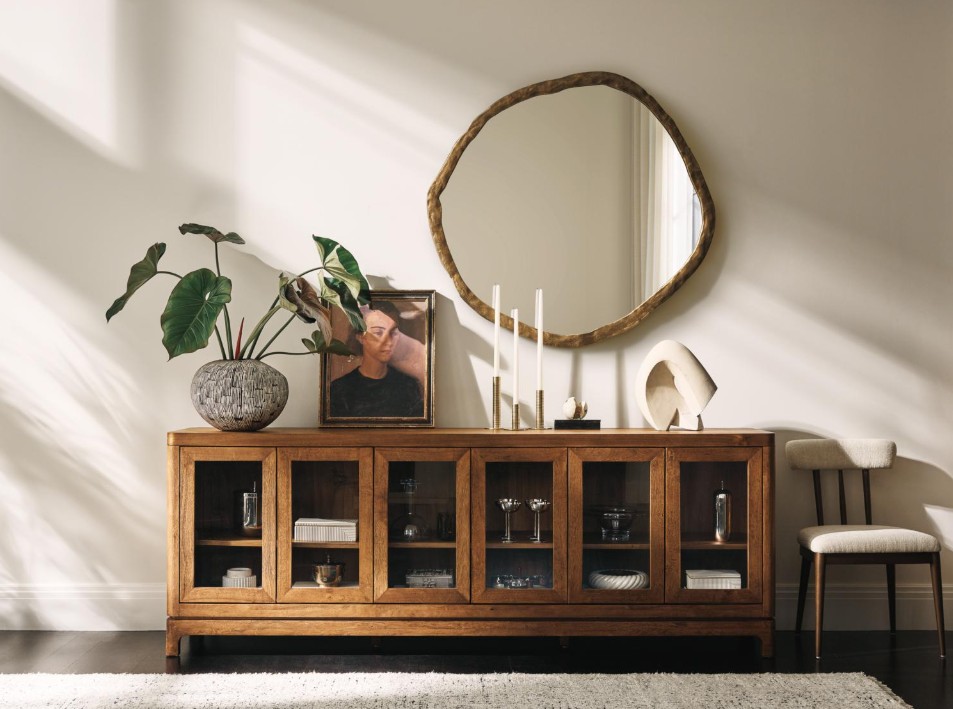
This style thrives on authenticity. Biophilic materials like wood, stone, linen, jute, and clay take center stage. Think oak flooring, rattan chairs, terracotta planters, and boucle accent pillows.
Pro tip: Choose materials that are sustainably sourced or reclaimed whenever possible, it supports both the planet and the style.
Soft shapes and curves
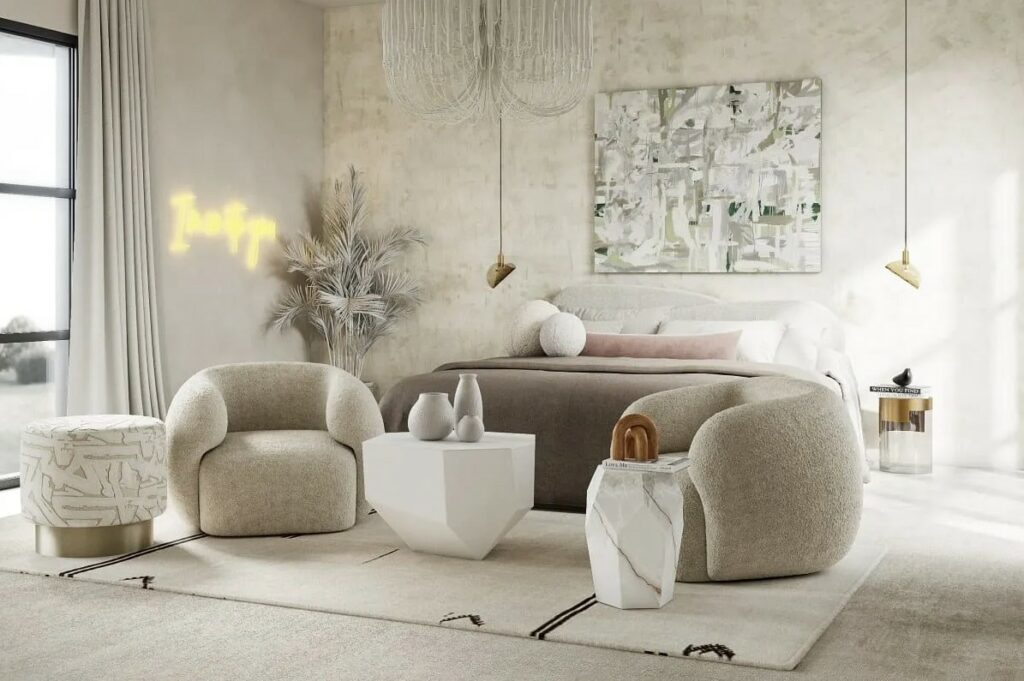
While modern design can be sharp and angular, organic modern interiors soften the edges. Rounded furniture, arched doorways, and circular decor pieces add flow and movement to a space, echoing the shapes found in nature.
Biophilic Design: bringing nature indoors
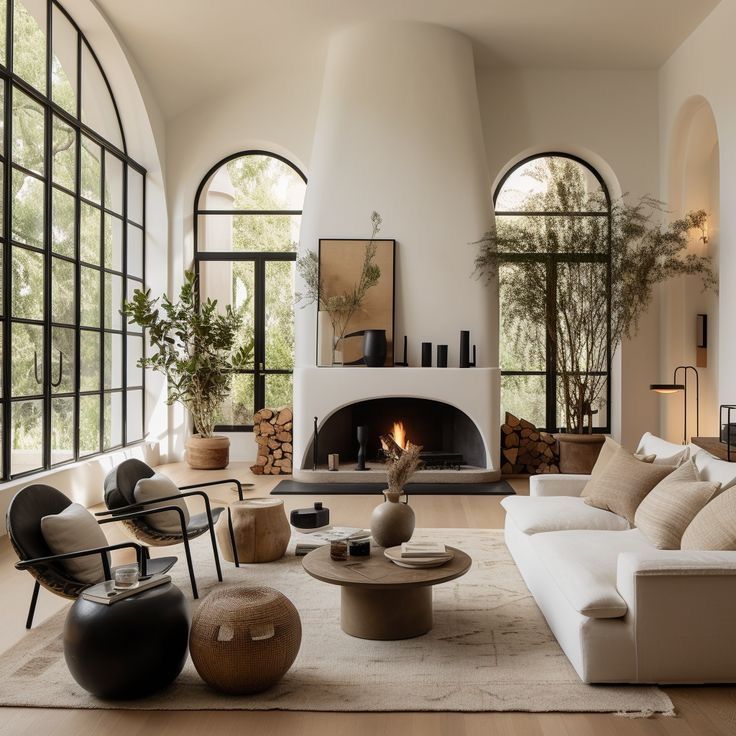
One of the most impactful elements of organic interior design is biophilic design. That means intentionally creating spaces that connect you with nature, and not just with a few houseplants.
Incorporate:
- Large windows for daylight and views of greenery
- Indoor gardens or vertical plant walls
- Natural ventilation and aromatherapy from essential oils
- Textures that mimic nature (like woven grasses or pebble tiles)
Color palette selection
Earth tones rule here, warm whites, sand, sage, olive, terracotta, charcoal, and rich browns. These hues ground the room and allow natural materials to shine.
Want to add contrast? Use black or deep green sparingly in frames, hardware, or feature walls.
Designing your organic modern home
Living room inspiration
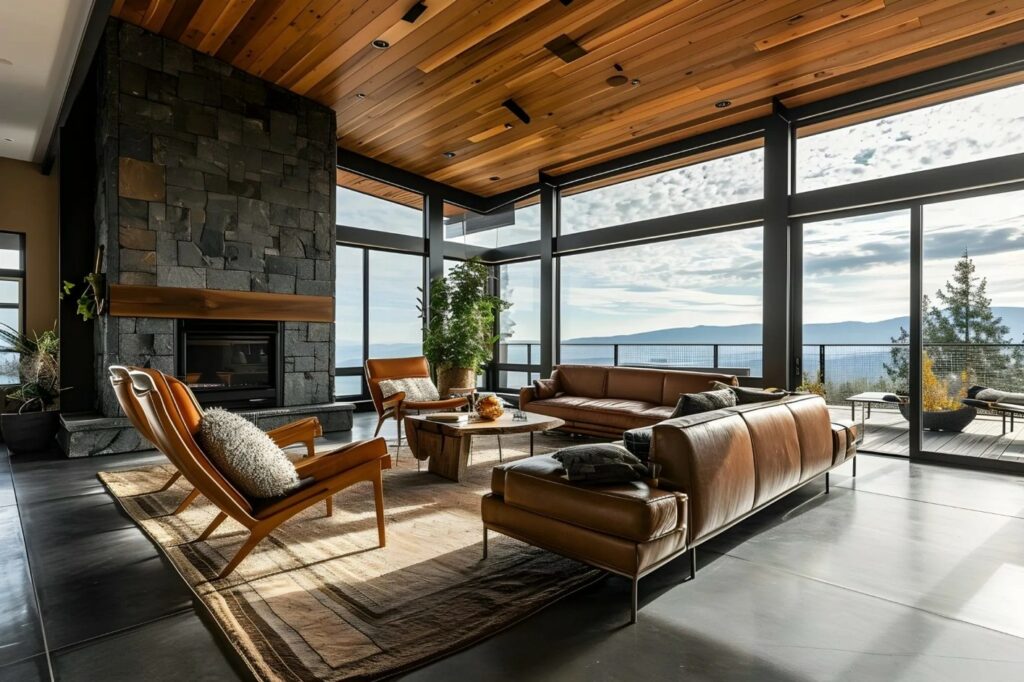
Your living room should be your sanctuary;a place to relax, recharge, and connect. Start with a neutral sofa in a natural fabric like cotton or linen, layer on handwoven pillows and throws, and anchor the space with a reclaimed wood coffee table.
Add in curved lighting fixtures, ceramic vases, and a lush fiddle-leaf fig tree for that organic modern vibe.
Kitchen and dining room ideas
Skip the all-white kitchen trend and go for natural wood cabinetry, stone countertops (soapstone or honed marble are gorgeous), and hand-formed ceramic backsplash tiles. Pair it with vintage-inspired pendant lights and sculptural dining chairs.
Don’t forget a beautiful bowl of seasonal fruits or herbs on the table,nature is the ultimate centerpiece.
Cozy organic bedrooms
In the bedroom, comfort is key. Go for organic cotton bedding in muted tones, and use layered textures like chunky knit blankets and woven rugs.
Bring in a low-profile bed frame made of oak or walnut and opt for bedside lamps with linen or paper shades. A touch of eucalyptus or dried grasses in a vase completes the look.
Serene bathrooms
Even your bathroom can embrace organic modern design. Think stone vessel sinks, matte black fixtures, open shelving, and plenty of plants that thrive in humidity.
Use natural light as much as possible. If privacy allows, a frosted glass window or skylight brings in sunshine without compromising seclusion.
Implementing organic design principles
Incorporating plants and greenery
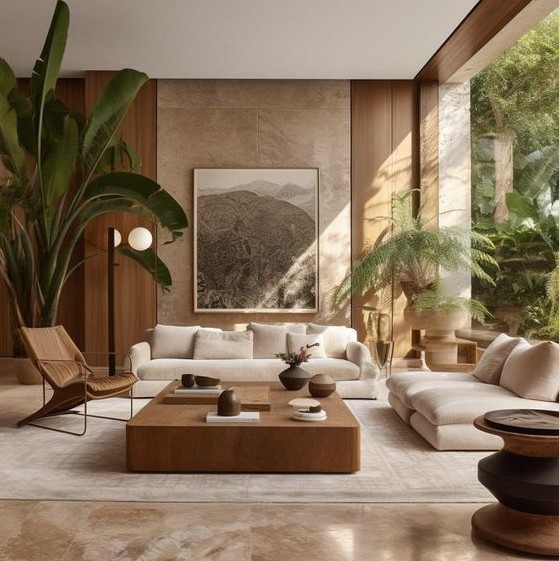
Let’s get one thing straight: you don’t need to turn your home into a jungle. But adding greenery (real or expertly faked) is non-negotiable. Snake plants, monstera, and trailing pothos are low-maintenance and perfect for this style.
Pro tip: Vary plant height, texture, and pot material to keep things visually interesting.
Selecting organic decor style accessories
Small touches make a big difference. Look for:
- Wabi-sabi-inspired ceramics
- Handwoven baskets for storage
- Abstract art in earthy tones
- Natural fiber lampshades
- Reclaimed wood or stone sculptures
Stay away from mass-produced, overly polished pieces. Imperfection = character.
Balancing minimalism and warmth
Too much minimalism can feel cold. Too much natural decor can feel cluttered. The trick? Edit ruthlessly but add layers thoughtfully. Think three textures per room, a few statement pieces, and always leave space for air and light to move freely.
Tips for creating modern organic interiors
Personalizing your space
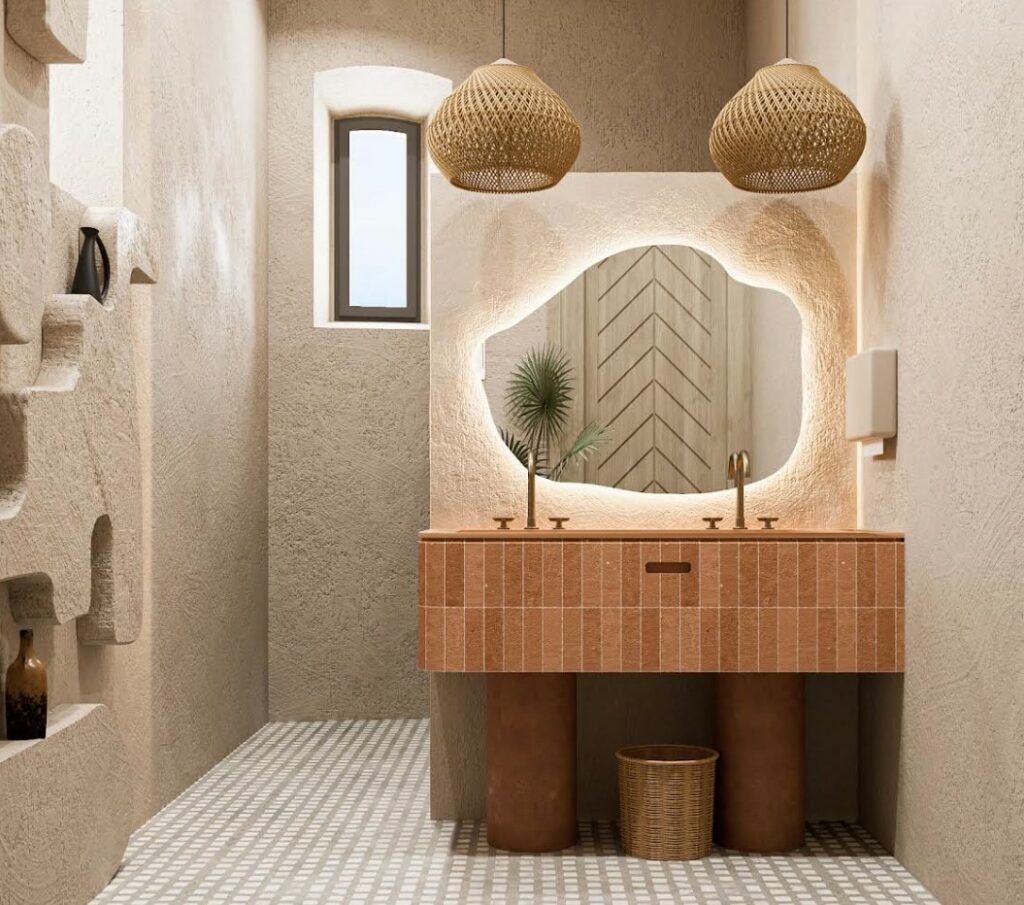
Make it yours. Display travel finds, handmade pottery, or family heirlooms. The goal is authenticity, not perfection. Your home should reflect your story, not just a magazine spread.
Utilizing natural light
Open those curtains! Swap heavy drapes for gauzy linen panels, or ditch them altogether if privacy isn’t a concern. Natural light not only supports biophilic design; it lifts your mood, regulates your body, and enhances every design element.
Layering textures for depth
One of the fastest ways to create a cozy yet modern look is to layer textures:
- Mix smooth (concrete or metal) with soft (boucle or wool)
- Combine matte finishes with glossy ceramics
- Use rough woods next to clean-lined furniture
This contrast adds depth without visual noise.
Transformation steps
Start with key pieces
Overwhelmed? Don’t be. Start small:
- A curved wooden coffee table
- An organic cotton throw blanket
- Swapping your pendant lights for natural fiber ones
Every step brings your home closer to that soothing, natural modern feel.
Organic modern interior design isn’t just a style; it’s a lifestyle. It’s about living with intention, embracing imperfection, and surrounding yourself with things that breathe life into your space. With elements from biophilic design, which has scientific support, and the ethos of organic architecture, you’re not just decorating; you’re creating a space that heals, inspires, and supports you every day.So whether you’re revamping one room or building a whole modern organic home, remember: nature knows best. Join the Biophilic Design movement.



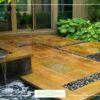



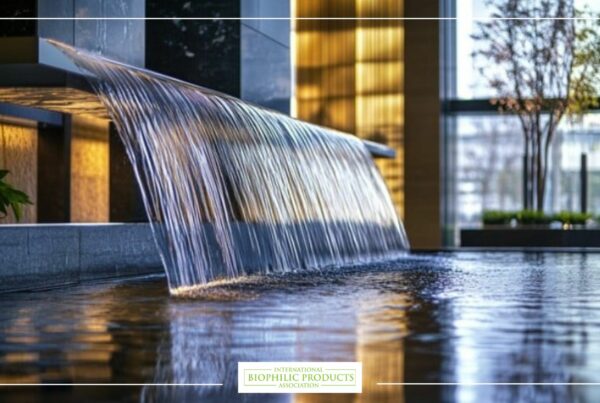
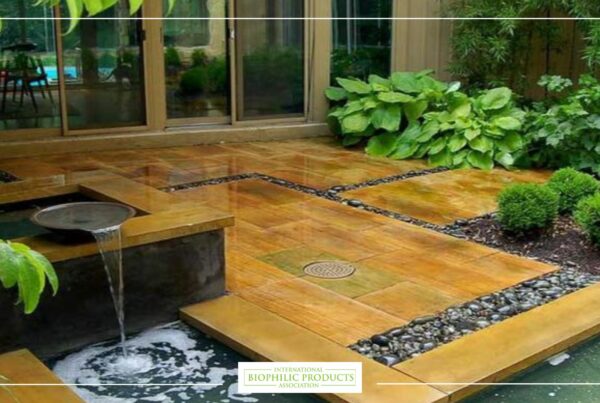
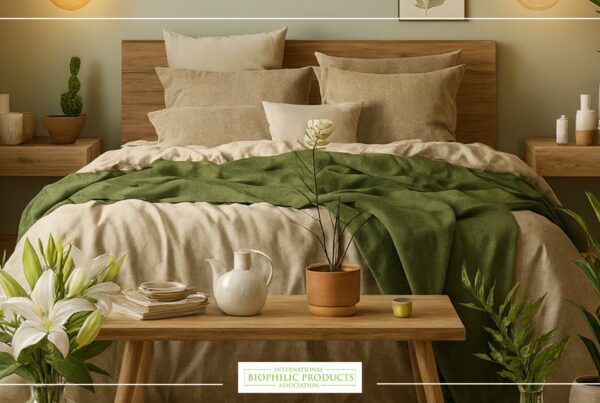

13 Comments